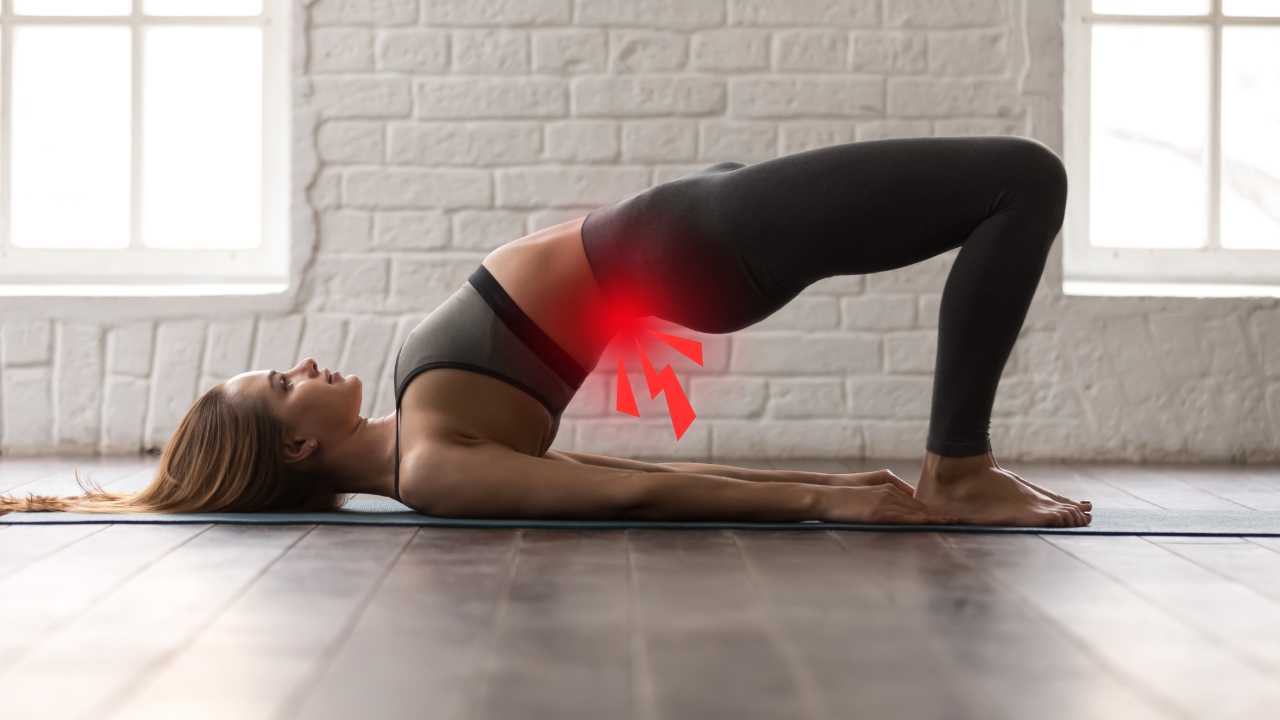How to Unlock Your Ankle Mobility: Tips and Exercises
Dr. Mitch Israel
12 May 2024

How to Unlock Your Ankle Mobility: Tips and Exercises
Do you find yourself struggling with tightness or stiffness in your ankles? Limited ankle mobility can significantly impact your ability to move freely and perform activities with ease. Whether you’re an athlete, fitness enthusiast, or someone looking to improve their overall mobility, addressing ankle mobility is crucial for optimal performance and injury prevention. In this guide, we’ll explore why ankle mobility can be limited, why it’s important, and provide a three-step approach along with specific ankle mobility exercises to help you unlock your ankle mobility potential.
If you prefer videos, watch the video version below!
Why Ankle Mobility Can Be Limited
Ankle mobility can be restricted due to various factors, including:
Tight Muscles: Tight calf muscles (gastrocnemius and soleus) can limit ankle dorsiflexion, the movement that brings the top of the foot toward the shin.
Joint Stiffness: Reduced mobility in the ankle joint itself, often due to previous injuries, arthritis, or joint degeneration, can limit range of motion.
Inactivity: Sedentary lifestyle or prolonged periods of sitting can lead to stiffness and reduced flexibility in the ankles.
Importance of Ankle Mobility
Ankle mobility is essential for:
Functional Movement: Adequate ankle mobility allows for proper gait mechanics, squatting, lunging, and other fundamental movements.
Injury Prevention: Improved ankle mobility can help prevent injuries such as sprains, strains, and overuse injuries by allowing for better movement mechanics and shock absorption.
Performance Enhancement: Athletes and fitness enthusiasts can benefit from increased ankle mobility, as it enhances agility, balance, and overall movement efficiency.
Unlocking Your Ankle Mobility: A Three-Step Approach
1. Reduce Opening Angle Muscle Tension
Opening angle tension refers to the resistance encountered at the initial phase of a joint’s movement in a particular direction. When you attempt to stretch or mobilize a joint, this tension is like a barrier that must be overcome before the joint can move freely. It arises from the elasticity of surrounding muscles, tendons, ligaments, and other soft tissues, which resist the opening of the joint angle. The biggest opening angle restrictions in the ankles, are your triceps surae (gastrocnemius and soleus) muscle group.
High opening angle tension can feel like tightness or stiffness and may restrict movement, limiting flexibility and range of motion. Therefore, reducing this tension through targeted stretching and mobilization techniques is essential for improving joint mobility, allowing for smoother and more comfortable movement patterns.
- Calf Stretch: Stand facing a wall with one foot forward and one foot back. Keep the back heel on the ground and bend the front knee until you feel a stretch in the calf of the back leg. Hold for 30 seconds, then switch legs. Repeat 2-3 times on each side.
*Watch the video above to see an effective exercise to reduce opening angle tension in the ankle joint.
2. Reduce Closing Angle Joint Tension:
Closing angle joint tension refers to the resistance encountered when a joint is nearing the end of its range of motion in a particular direction. It occurs as the joint approaches its maximum flexion, extension, or rotation, and is caused by the compression of tissues and structures around the joint.
Decreasing closing angle joint tension is crucial when aiming to gain more mobility in a joint because high tension in this phase can limit the joint’s ability to move freely and comfortably. It can lead to feelings of tightness, discomfort, or even pain, and may impede progress in improving flexibility and range of motion. By reducing closing angle joint tension through targeted stretching, mobilization, and strengthening exercises, individuals can enhance joint mobility, allowing for greater flexibility and improved movement patterns.
- Ankle Joint Stretch: Stand facing a raised surface like a bench or chair. Place one foot on the raised surface and the other on the ground. Slowly lean forward, keeping the front knee aligned over the toes, until you feel a stretch. Hold for 2-3 seconds for 10 reps, then switch sides.
*Watch the video above to see an effective exercise to reduce closing angle tension in the ankle joint.
3. Restore Motion with Specific Mobility Exercises
Joint-specific mobility exercises are targeted movements designed to improve the range of motion and function of a particular joint. These exercises focus on addressing specific limitations or restrictions within the joint’s movement patterns.
It’s important to train with joint-specific mobility exercises when seeking longer-term increases in joint mobility because they address the unique needs and mechanics of each joint. By targeting specific areas of restriction or weakness, these exercises help to gradually improve flexibility, stability, and overall function of the joint over time. This targeted approach allows for more effective and sustainable gains in joint mobility, reducing the risk of injury and promoting better movement patterns in daily activities and sports performance.
- Ankle CARs: sit with one leg extended. Point your toes away as much as possible, circling your foot clockwise and then counterclockwise through a full range of motion. Perform 5-10 reps in each direction on each foot to enhance ankle mobility and control.
*Watch the video above to see an effective ankle mobility exercise to hold onto new ranges for longer periods.
Conclusion
Improving ankle mobility is essential for optimal movement, injury prevention, and performance enhancement. By addressing muscle tightness, joint stiffness, and incorporating specific mobility exercises into your routine, you can unlock your ankle mobility potential and move more freely. Remember to be consistent with your mobility practice and listen to your body’s feedback. With dedication and patience, you can make significant improvements in your ankle mobility and overall movement quality. Incorporate these ankle mobility exercises into your routine today and experience the benefits firsthand!
Need a consistent plan for Mobility Training?
Do you know you need to train your mobility, but you don’t know where to start? Don’t worry, I have you covered! That is exactly why I created the Mobility Suite Membership so you can start mobility training for a fraction of the price of seeing a physical therapist and/or chiropractor!
I’ve created a library of mobility training programs (from hip mobility to spinal mobility) that you can have on-demand access to. These programs were carefully crafted to help you get the most out of mobility training with only minutes of work per training session! Less is more with mobility training. The most important thing is consistency! So, if you need a consistent strategy, start your FREE 7-day trial to my Mobility Suite Membership!
Why offer a 7-day free trial? I firmly adhere to the “1-week rule.” If you commit to consistent mobility training for one week, you’ll gather enough data to determine if it’s right for you. I’m confident that these programs will benefit you, and I want to give you the chance to experience it firsthand, completely free for one week. This way, you can determine whether mobility training aligns with your goals and needs without any financial commitment!
You have nothing to lose but the stiffness in your joints. Don’t let discomfort hold you back any longer— tap/click the button below to join today and take the first step toward a more mobile and pain-free lifestyle!



